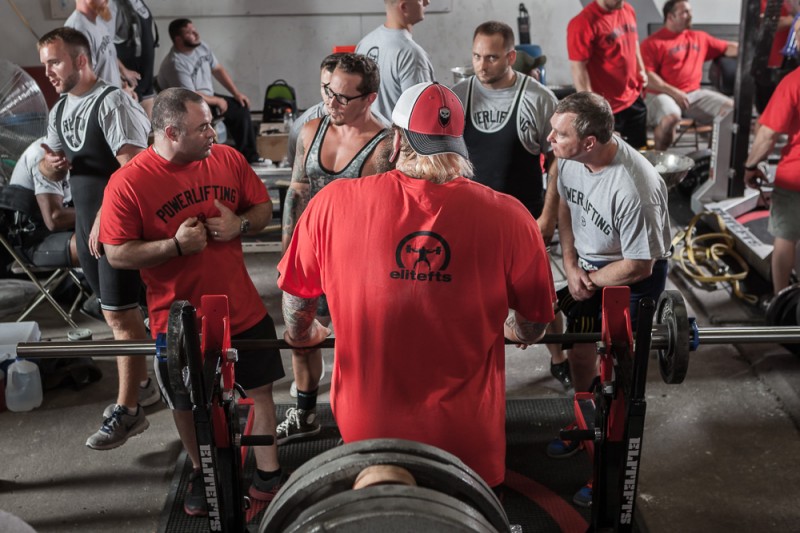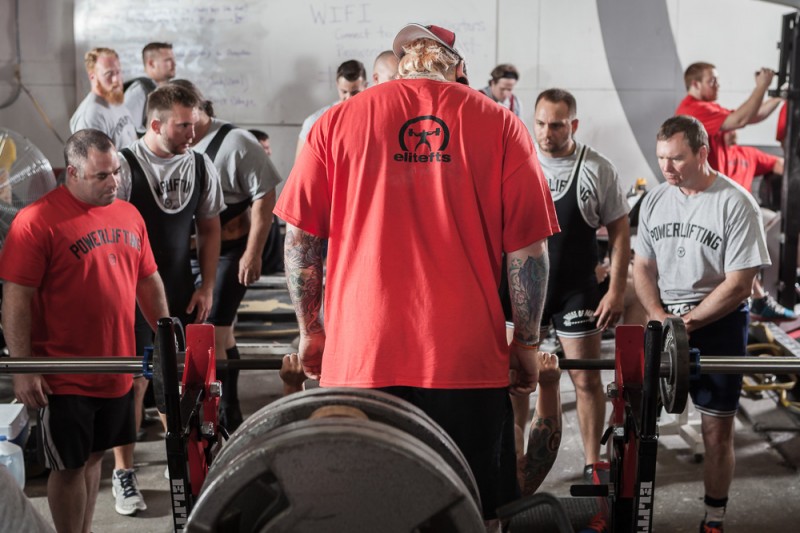
Back in 2014, I realized that in order for my business to grow to where I wanted, I couldn’t remain the top technician in my business. I needed to focus on developing other technicians and support them in becoming better than myself. At this point, I developed our trainer development program to help develop our trainers into top tier trainers who are good at what they do and make good money doing it. Prior to owning a gym, I was a personal trainer at a local health club. My last year at the club I averaged over 40 billable training hours a week and on several occasions, I was doing around 60 hours a week. I took the tactics that I used to get to that point and put them into our trainer development program and now have several trainers who make a good living doing what they love. Here are a few tips on how to actually make money as a personal trainer.
Be a salesperson first and a trainer second.
This one really gets under people’s skin when they first read it, and for good reason. When people think of a salesperson they think of a used car salesman or the people trying to sell you things at the kiosk in the mall. That is not what I am referring to. What I am referring to is taking on the attitude that you are in possession of a great product. You possess the greatest anti-depressant, dopamine-stimulating, life-altering “drug” on the planet — something that can have a positive impact on the life of every person you meet. Knowing this, why would you want to keep it to yourself? My financial advisor is a salesman. He will call me up and say, “Hey David, I’ve got this investment opportunity that I think you could really benefit from.” Because I trust him, I will usually take his advice. He knows he’s in possession of something that could greatly benefit me and I am always open to hearing about something that could improve my life.
The truth of the matter is that most personal trainers won’t be working with world-class athletes. They work with everyday people who want the positive benefits of exercise to impact their lives. I know a lot of trainers who will put a lot of their education resources into very high-level training methodologies, which is fine but limit their education in the skill of selling.
I would argue that having an in-depth knowledge of block periodization is not going to help most personal trainers get results as much as knowing the sales skills necessary to convince a client to train an extra day a week or improve their diet. My dad has been working with small businesses for over 40 years and he has a saying that “everything is a sale." Whether it’s convincing a girl to go on a date with you, convincing a client that a certain exercise is going to be beneficial, or gaining new clients, everything is a sale. This step isn’t so much of an action step as it is a mind shift — a shift towards thinking of yourself as a salesman first and a trainer second, and then letting your action follow that path.
Action Steps: Spend the next month focusing on your sales skills. Start educating yourself through books, podcasts, or a mentor, and start working on implementing those skills on a daily basis.
Develop your niche.
As you develop as a trainer, you will more than likely find you have a propensity for one area of fitness over another. As you begin to understand what it is that you really enjoy and/or are really good at, I would encourage you to work hard to develop that niche. Beginner trainers sometimes shy away from this because they think it limits their potential clients. The truth is that people like experts. They like people who are elite in their field. And when they believe someone is an expert in one area, they usually confer their abilities to other areas as well. Perfect example: Navy SEALs. Now, I am in no way bashing Navy SEALs, but we have all seen that title used as a marketing strategy. Remember the perfect pushup? “Developed by a Navy SEAL” was used several times in their advertisements. During BUD/S training, Navy SEALs are developed into elite soldiers. But nowhere in that training is time spent developing them into kinesiologists, strength coaches, or engineers. But people know that Navy SEALs are experts in their field and that they exercise a lot, so they confer that they must also know exactly how to develop a device that creates the perfect pushup.
Developing a niche and becoming an expert will allow you to focus your skill set while still utilizing your broader knowledge to help people on the fringes of that skill set. This being said, it is important to know where your boundaries are. If you are not qualified to take on a client, you need to pass them to someone who is. This is to protect yourself from any liability and to keep yourself from diluting your results. And, it will help build your credibility and trust amongst your clients and other trainers as well. Developing a niche will also help tremendously in your marketing. Think about what clients you are well-suited for will be researching to find you and focus all your marketing in that direction.
Action Steps: Spend some time thinking about what your particular niche could be. Consider what you enjoy, what you seem to be good at, and what the market needs. If there are five sports development centers in your city then you may have to really think outside the box on how to separate yourself from them. When you hone in on something, take the new sales skills you have developed and target them at your niche.
Grade your clients.
You need to define your clients into different categories. A Clients would be your ideal clients. For us at NBS Fitness, an A Client is someone who has a membership, utilizes our training/nutrition services, buys our supplements, and helps promote us through word of mouth and on social media.
B Clients are just a step down from A Clients. Maybe they don’t bring you new clients but they are consistent in their training, get good results, and are overall fun to work with. For us, a B Client is someone who may not utilize all our services but help promotes us through word-of-mouth and on social media. These clients bring us new members or people who will utilize our services but doesn’t necessarily promote us.
C Clients are what we consider neutral clients. At NBS, a C Client is someone who pays their membership and is a good member but doesn’t necessarily use our services or bring us any referrals.
D Clients are pains in the butt. They are the ones that stress you out and you wish would just leave. At NBS, D Clients are the ones that don’t pay their membership and cuss us out when we try to contact them. They regularly cancel training sessions last minute or just no-show and bitch that they get charged for it. D Clients make a mess of the gym and never clean up after themselves. You get the picture.
Now, this isn’t a recipe for how to treat clients. All clients deserve to be treated with respect and just because someone isn’t an A Client doesn’t mean that they aren’t a good client, fun to be around, and an awesome addition. This is more a grading scale to help you with your marketing. Once you determine who your A Clients are, come up with some general metrics to describe them: age, sex, income, where they live, training history, etc. The more useful information that you can find to define them the better. Do this for your B Clients as well. Focus 90% of your marketing towards your A Clients and maybe 10% towards your B Clients. Talk to your A Clients and find out what made them hire you, what type verbiage they would be most attracted to, where they look to find a trainer, etc.
Also, your A Clients are likely to hang out with other people like them, so that is a great place to start when looking for new clients. If you focus your marketing towards A Clients, you will get more A Clients. You will also still get plenty of B Clients and C Clients, as much as your situation allows, anyway. The best thing to do with D Clients is to politely stop working with them. It is better to focus your energy elsewhere and they can turn away A Clients, which is the last thing you want.
Action Steps: Take some time to define your clients and what metrics they share in common. Take your newly acquired sales skills and use it to target more A Clients. If you have any D Clients and can afford to, politely get rid of them. If you’re bogged down with D Clients, you seriously need to consider revamping your marketing, price points, location, etc.
If you are a personal trainer, I hope you take the time to implement these action steps. It will help you grow your business and it will help you enjoy your profession more. There is a good living to be made in the personal training industries for those willing to take the necessary steps.













2 Comments